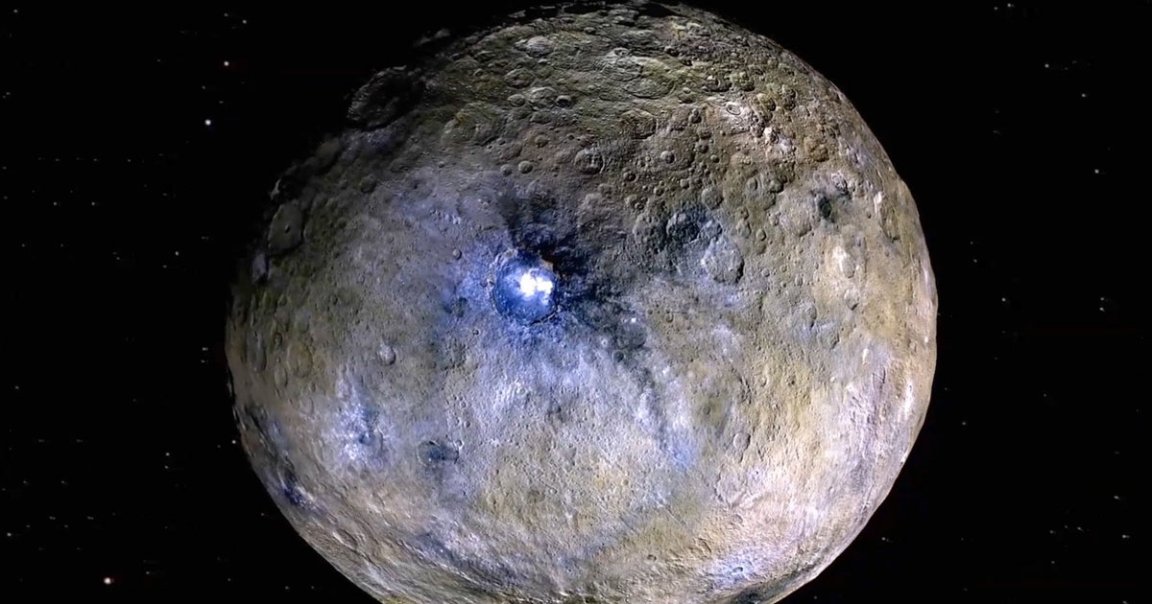
Surprise!
Geoscientists at Virginia Tech may have figured out why Ceres — a dwarf planet and the largest celestial body in the solar system’s asteroid belt — was found to show “unexpected geological activity,” according to a recent press release.
In fact, their findings, as detailed in a paper published in the journal AGU Advances earlier this year, might just change the way that we think about dwarf planets altogether.
Hot Potato
Scientists have known of Ceres’ existence for quite a while, though it wasn’t until 2015 that NASA’s Dawn probe gave researchers a closer look at the rocky body.
To their surprise, scientists discovered Ceres to have interesting geological features such as plateaus, mineral deposits, and surface fractures — all signs that Ceres once supported seismic activity and even an ocean.
To confirm that theory, however, the dwarf would have needed a way to generate heat at some point in its history — something scientists believe smaller planetary bodies to be incapable of.
Radioactive
Mostly due to the violent way they form, larger planets like our own start out as hot, triggering powering geological activity, and cool down over time. Ceres, on the other hand, was never big enough to be a true planet, and thus couldn’t have generated heat during formation.
But according to the scientists’ computer modeling of Ceres’ distant past, the dwarf planet didn’t have to start hot in order to generate heat.
Rather, they believe that the dwarf, which scientists believe contain radioactive elements uranium and thorium, actually became heated due to interior radioactive decay — which, fascinatingly, took the body from cold, to hot, to cold once again, as opposed to the hot-to-cold pattern traditionally seen in larger planets.
“What we’ve shown in this paper is that radiogenic heating all on its own is enough to create interesting geology,” Scott King, a Virginia Tech professor of geosciences, said in the press release.
Hopefully, this model will be able to provide some insight into how other dwarf planets, and even some moons, came to be.
In any case, it serves as a fascinating reminder of how little we really know about how our Cosmos formed — and how much there’s left to discover.
More on space exploration: Astronomers Just Watched a Neutron Star Hulk Smash Another Star